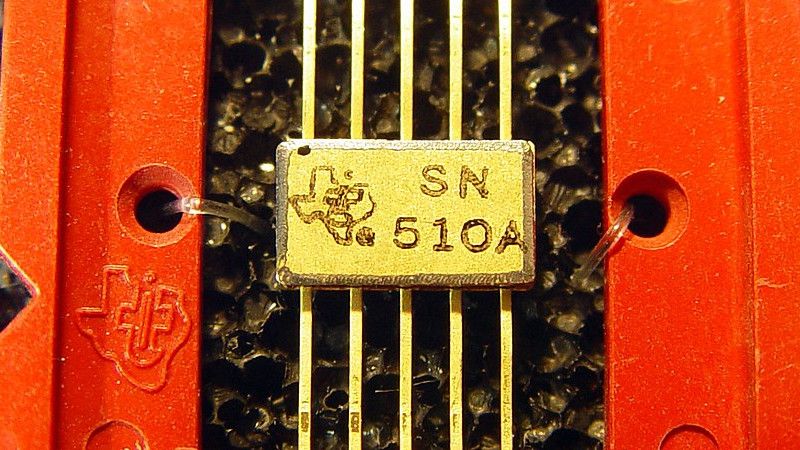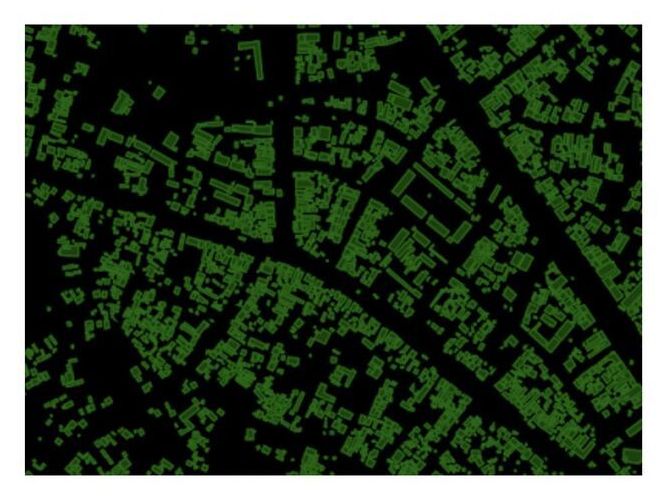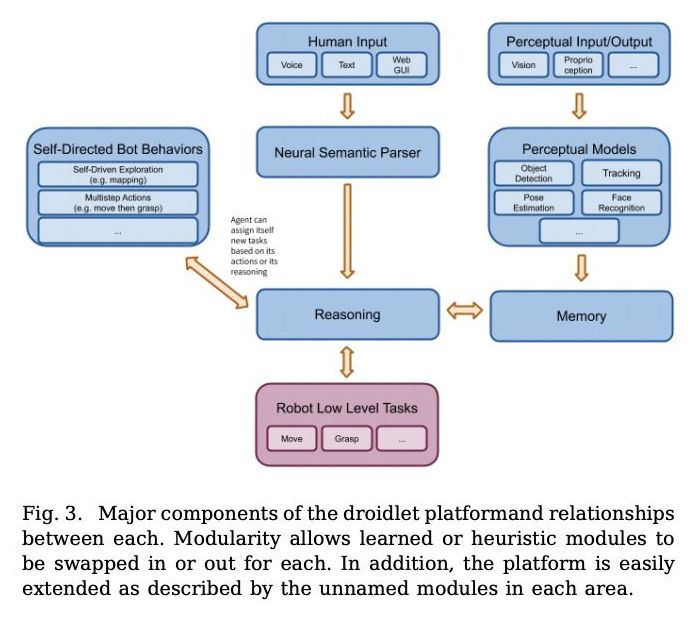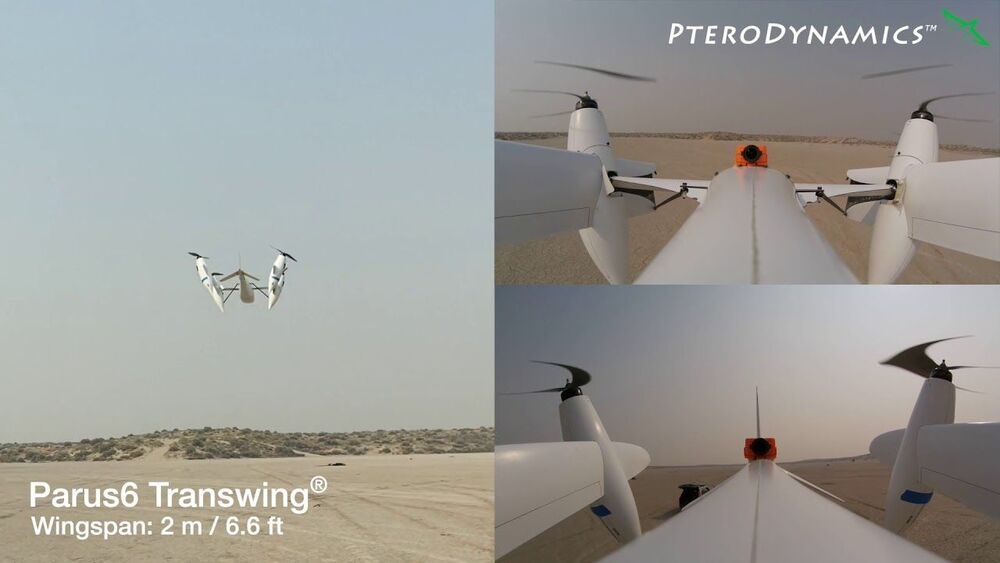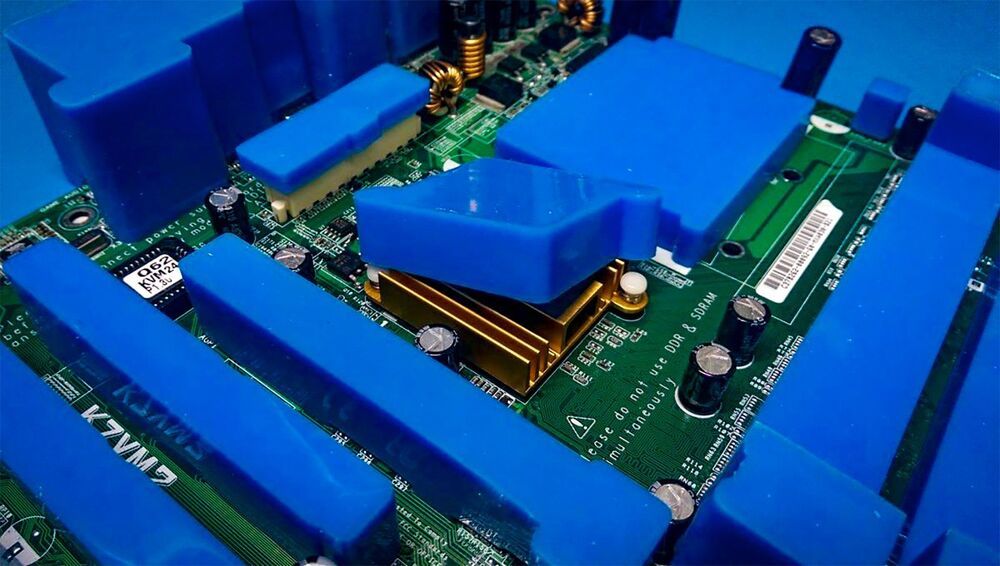The monumental entrance gate of the Zeus Temple’s sanctuary in the ancient city of Aizanoi, located in the Çavdarhisar district of western Kütahya province, Turkey, was unearthed during recent excavations.
Excavations are being carried out by the Kütahya Museum Directorate in the ancient city, which was included in the UNESCO World Heritage Tentative List in 2012 and is 50 kilometers (31 miles) away from the city center. The excavation coordinator, the head of Dumlupınar University (DPU) archeology department professor Gökhan Coşkun, told Anadolu Agency (AA) that the ancient city’s history dates back to about 5000 years.




